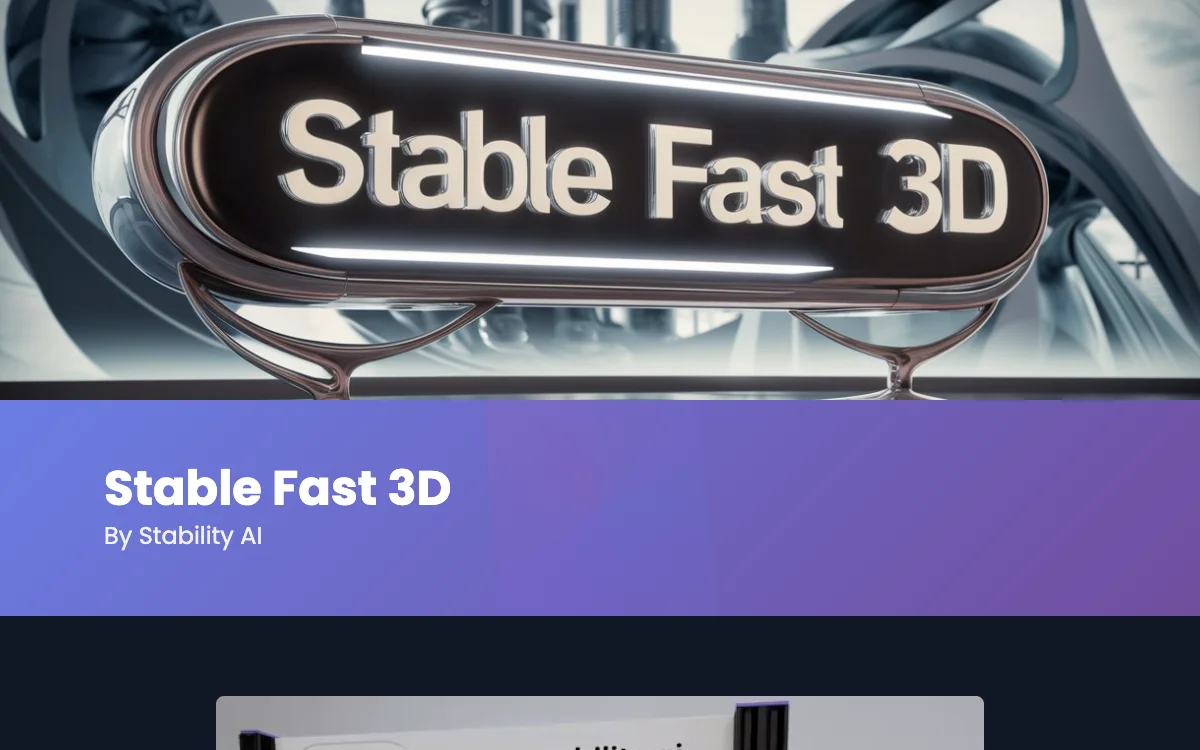Stable Fast 3D (SF3D), developed by Stability AI, represents a significant leap forward in the field of 3D asset generation. This innovative tool is capable of converting single images into detailed 3D models in an astonishingly short time frame of just 0.5 seconds. Such speed and efficiency are unparalleled in the industry, making SF3D a game-changer for professionals in gaming, virtual reality, e-commerce, and architectural visualization.
The technology behind Stable Fast 3D is built on the advanced TripoSR architecture, which has undergone significant improvements to enhance its performance and output quality. Users can expect to generate high-quality 3D assets that include UV unwrapped meshes and accurate material parameters, all while minimizing illumination bake-in for superior texture quality.
One of the standout features of SF3D is its lightning-fast processing capability. With just a GPU equipped with 7GB VRAM, users can produce detailed 3D models in mere seconds. This efficiency does not come at the cost of quality, as the output remains highly detailed and suitable for a wide range of applications.
Stable Fast 3D is available under the Stability AI Community License, which permits non-commercial use and commercial use for individuals or organizations with annual revenues up to $1 million. For larger enterprises, Stability AI offers Enterprise Licenses to accommodate their needs.
For those interested in integrating SF3D into their own applications, Stability AI provides an easy-to-use API. This allows developers to make POST requests to the API endpoint, including their API key and the necessary image file, to generate 3D assets directly within their applications. The API supports JPEG, PNG, and WebP image formats and offers options for texture resolution and foreground ratio to customize the output.
Stable Fast 3D is not just a tool but a comprehensive solution for rapid 3D asset generation. Its combination of speed, quality, and versatility makes it an essential resource for professionals looking to push the boundaries of 3D modeling and visualization.

